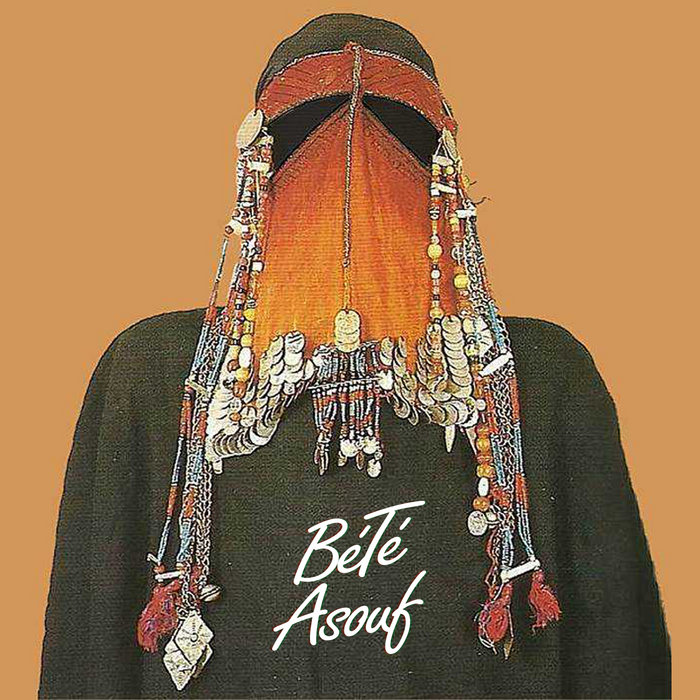
Terrakoba – BéTé
this blog is GROOVY – check out great Soul, Funk, Jazz, Hip Hop, Bass, Breaks , Reggae, House n many more TUNES
Hey there, music lovers! Let’s take a laid-back stroll through the sun-baked sands of Desert Dub, where the beats are as smooth as a mirage on a hot day and the bass lines rumble like thunder in the distance. Buckle up for an odyssey that sways between stout rhythms and groovy melodies, all while we soak in some funky facts about those who helped shape this unique genre.
At its core, Desert Dub is a fusion of traditional dub music—think reggae roots with heavy reverb and echo—mixed with elements inspired by desert landscapes. Imagine chilling around a campfire under starlit skies in the arid wilderness while deep basslines vibrate through your bones. It’s music made for wide-open spaces and good vibes.
The roots of Desert Dub hark back to dub reggae from Jamaica during the 1960s when sound engineers started experimenting with mixing techniques. Artists like King Tubby turned original tracks into otherworldly sonic experiences by stripping away vocals and adding effects. Fast forward to the early 1990s; producers began to blend these sounds with elements from various cultures around deserts—from North Africa to American Southwest—and thus Desert Dub was born!
Bill Laswell: A mastermind behind much fusion music, Bill Laswell played a crucial role in pushing boundaries within this genre. He blended diverse styles seamlessly, proving that one can traverse multiple musical landscapes without losing their groove.
The Zen Circus: Yes folks, even Italian rockers have jumped onto this sandy bandwagon! Known for their eclectic mix of genres, they found themselves dipping into dub territories.
Dub Colossus: Hailing from Ethiopia but living globally—these musicians play not just for ears but also hearts! Their mission? To explore how desert vibes intertwine with classic dub sensibilities.
Think heavy bass lines riding over hypnotic rhythms mixed with guitars that may or may not remind you of Western films featuring cowboys against vast backdrops (cue tumbleweeds). The magic happens when synthesizers create atmospheres reminiscent of wind sweeping across desolate landscapes.
One funny fact involves some musicians claiming they record at night because “the bugs don’t bother you”—hey, if it helps them get those euphoric sounds right!
The scene flourished thanks to gatherings like Coachella or Burning Man where artists put out chill tunes amid blazing sunshine (and maybe too many people).
And let’s not forget about festivals dedicated just to dub culture such as “Dub Camp” held every summer somewhere near Southern France—with attendees sporting tie-dye shirts and plenty of hemp necklaces!
Here’s another chuckler: Some legendary DJs have been known to play sets wearing nothing more than sarongs—a nod towards keeping cool under those scorching desert rays while still commanding respect behind the decks!
Desert Dub thrives on collaboration; you’ve got musicians joining forces spontaneously at gigs or welcome random jammers into jam sessions after hours.
Did you know? One famous incident involved two DJs high-fiving mid-track swap only for both accidentally hitting ‘repeat’ simultaneously—leaving everyone laughing uncontrollably until they figured out how messy it got!
In recent years, artists have drawn inspiration from various genres leading experimentation even further besides traditional instruments—including analog synths paired beautifully alongside acoustic ones! Now that’s what we call progress!
Thanks mainly due increased accessibility via platforms like Bandcamp or SoundCloud which allowed budding talents share fresh creations effortlessly reaching global audiences sharing once-niche interest before long spreading waves everywhere (and yes pun intended!).
But wait… here comes our next cheeky factoid:
One underground artist gained fame solely based on his bizarre choice attire—a full-body cactus costume during live performances… talk about making a point! You wouldn’t want anyone bumping into him after dark though…
So there you have it—the journey through time revisiting how Desert Dub emerged blending cultures influenced by tradition yet evolving endlessly today thanks countless contributions talented souls bring each step along way!
Next time you’re lounging outside listening off any sweet grooves flowing straight from speakers—or perhaps catching sunset over endless dunes—you’ll know exactly where those mesmerizing sounds originated.
So throw on your favorite pair of shades grab friends head out into wild horizon possibilities open keep searching till find heart these rhythmic pulses always returning center vibe keeps us going strong too long driven together beats joyfully carried across infinite deserts dreams come alive—all hail varying tones harmonizing beautiful way possible forevermore groove never fades away…
Keep chasing those waves friends – peace love rhythm! ✌️🎶

Terrakoba – BéTé